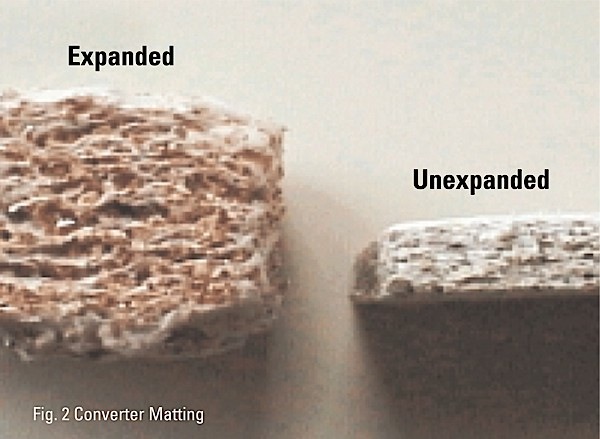
Toe Angles and Ride Height
Zero toe angle is present when both tires are parallel to the center thrustline.
How can a mysterious case of tire wear occur in a perfectly aligned vehicle? It happens and the answers aren’t always simple. To better explain, let’s go back a few decades when I aligned a 1983 Mitsubishi RWD pickup, only to have it return a month later with a tire scuffing complaint. Although the outside edge of the right front tire showed evidence of toe-related wear, the current toe angle was 0.100 inches, which is within the Mitsubishi’s +0.080” to +0.350“ specification.
Sona Comstar Inaugurates Manufacturing Plant in Mexico
The new facility will specialize in producing differential assemblies and reduction gears meticulously designed for BEVs.

Axle Torque Procedures
Guessing the correct torque setting is a bad idea.

What Constitutes A Quality Wheel Hub Assembly?
Discover key factors to consider for quality hub assemblies and how they impact vehicle performance and longevity.

Needs Come First When Choosing Aftermarket Or OE
It’s essential to understand the differing needs of manufacturers, shops, technicians, and consumers.

Other Posts
Service Opportunities Still Exist With EVs
Like all ICE vehicles, you need the correct tools, parts and to follow the proper service procedures when servicing EVs. This video is sponsored by The Group Training Academy.

Do Technicians Need Tips?
Asking for a tip would not go over well with your future customers.

Wheel Bearing Shortcuts
When you’re installing a wheel speed sensor on a hub unit, never ever remove it from the original unit. Sponsored by Auto Value and Bumper to Bumper.

Green Li-ion Launches Lithium-Ion Battery Materials Plant
The plant is North America’s first commercial-scale plant to produce recycled lithium-ion engineered battery materials.




